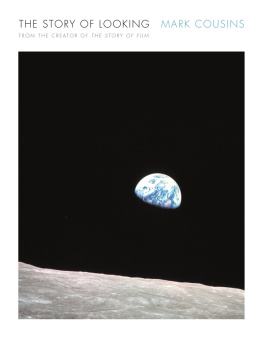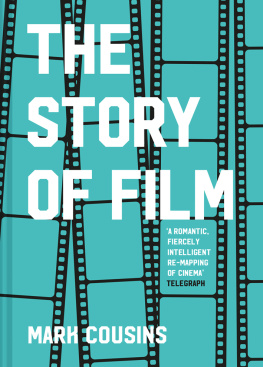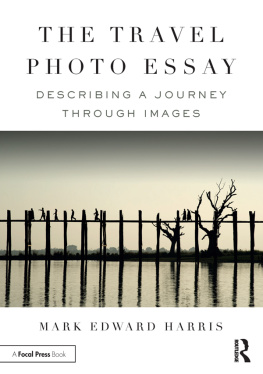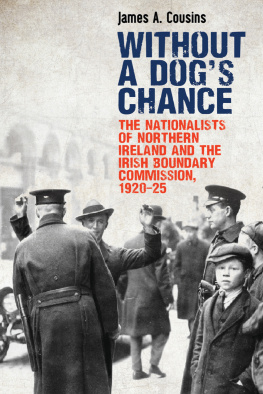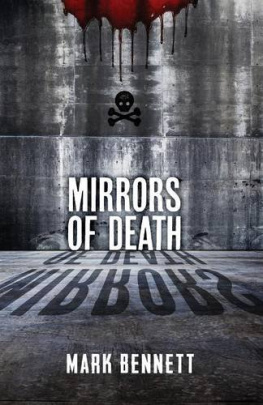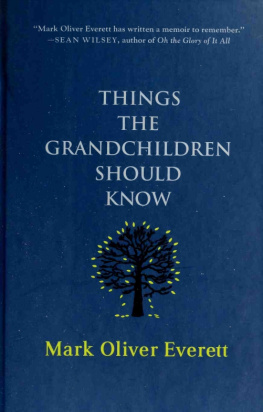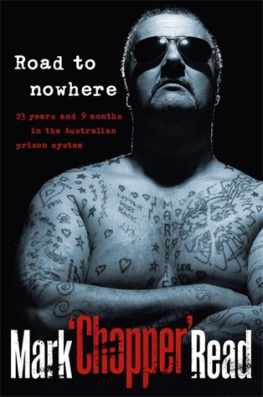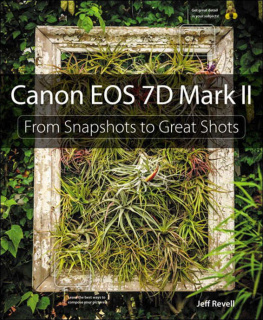THE STORY OF LOOKING
ALSO BY MARK COUSINS
Widescreen: Watching. Real. People. Elsewhere
The Story of Film
Scene by Scene
Imagining Reality: The Faber Book of Documentary
(co-edited with Kevin Macdonald)
THE STORY OF LOOKING
MARK COUSINS

Published in Great Britain in 2017 by Canongate Books Ltd,
14 High Street, Edinburgh EH1 1TE
canongate.co.uk
This digital edition first published in 2017 by Canongate Books
Copyright Mark Cousins, 2017
The moral right of the author has been asserted
All reasonable effort has been made to identify and contact the copyright holders of the images, artwork and text printed in this publication. Any omissions are inadvertent and any party who believes their copyright has been infringed is invited to contact the publisher, who will be pleased to make any necessary arrangements at the earliest opportunity.
British Library Cataloguing-in-Publication Data
A catalogue record for this book is available on
request from the British Library
ISBN 978 1 78211 911 1
eISBN 978 1 78211 912 8
Text Design: Christopher Gale
Typeset in Bembo by Biblichor Ltd, Edinburgh
CONTENTS
INTRODUCTION
SIX a.m. I wake. My bedrooms completely dark. I pull open the window blind and see this:

Condensation on my window, lit by the sodium street lights outside my flat. Beyond that, miles away, the dusty-pink glow of the coming morning. Navy above. A distant, leafless tree.
This watercolour, this smudged scene, comforts me. I will start writing a book today, a book about looking. Tens of thousands of words lie ahead in the coming months. Pages of words and paragraphs which will look nothing like the world, but which I will use to try to describe the world. I do not know precisely where the words will take me. I have planned this book in detail, but words have a mind of their own and can escape the plan. I will discover things as I go, I hope. Maybe you can share in the pleasure of discovery. For now, this alba, this moment before the day starts, before the book starts, I am happy just to look, to admire the navy-pink-orange, the softness of the light, the accidental elegance of the composition, the black vertical, the shallowness of focus, the consolation. No one else is looking at this exactly as I am, and if I had had a lie-in and not seen this, it would have happened anyway. The sky would still have been Turneresque, the orange light would still have backlit the condensation.
In the twenty-first century its valuable to think about looking, its history and impact. For more than a century now there has been an unprecedented escalation in what we see and how we see it. The visible world has been technologised. Photography, cinema, advertising, TV, the internet, Google Maps, smartphones, Skype, Facebook, satnavs, virtual reality and augmented reality constitute a deluge of new looking for our species what, in later chapters in this book, I call the split eyeball. Back in the 1800s, photography seemed to rob places and people of some of their aura. When cinema came along, its rampant visuality was seen as trivial or debasing. Television was said to tranquillise people. About thirty billion selfie photographs are now posted online each year. At the funeral of Nelson Mandela in 2013, the then Danish prime minister Helle Thorning-Schmidt took a selfie of herself with Barack Obama and David Cameron, and excluding Michelle Obama. It is often said these days that Japanese tourists on a coach trip in Europe will quickly snap a photograph of a famous site then move on, or that British people abroad will similarly take a picture of something instead of actually looking at it. And parents regularly complain that their children are so glued to the multiple screens in their homes that they do not look up from them enough to enjoy the offline world. The escalation in quantity of visual information panics us. What is it doing to our brain wiring? Are we downloading our consciousnesses onto our smartphones? Are we looking too much, or in too fragmented a way? Is looking displacing thinking?
There is some basis to these digital-age anxieties, as there was to their equivalents in the nineteenth century. But the tour that you are about to take will provide some perspective on this looking panic. It will explore the role that looking has played in our emotional, social, political, scientific and cultural development. By considering the story so far, and noticing how we encounter the visible world, I hope to provide some perspective on the storm of looking that we find ourselves in.
Of course looking is only one thing that human beings do. Our lives are tapestries of thinking, hearing, moving, laughing, loving, fearing, touching, believing, reading, playing, remembering, creating, hurting, dreaming and much more. I find myself more moved by music than any other art form, and I like dancing with my eyes closed, as looking seems to inhibit my pleasure. I feel excluded when my partner looks at Facebook when we are together and feel that smartphones have changed the eyelines in our relationship.
But these things do not prevent me from enjoying the visual storm, the wind in the trees and in my hair. In what follows I will endeavour to show the underlying richness of looking, its pleasures, discoveries and the empathy it can unlock. Helle Thorning-Schmidts selfie story is more interesting than it first appears, for example. Her children had just taught her how to do selfies, so perhaps she was having fun at playing a teenager. The seating at the event was mostly unreserved, so she did not know she would be sitting next to Barack Obama until he and Michelle showed up. Her picture was posey, yes, and I am sure she had one eye on its PR potential, but she also did it on the spur of the moment. The look where I am! impulse is universal, endearing even, and a human response to time passing and memories fading. Ditto the camera-toting tourists. They have spent a lot of hard-earned money to come halfway around the world. Whilst visiting two cities a day, their phone or digital cameras become a way of dealing with the anxiety of looking, the desire to make the money and time count. Yes, they will probably bore their friends back home with their pictures of Edinburgh Castle or the Eiffel Tower, but when they look at the photographs in ten years time, there will be things in them people on the same coach, a stop to have pizza and a beer, a youthful face that is now less so that will move them and take them back to their trip. And as for the child sutured to her phone, yes it is tedious when she does that for hours, and yes, a lot of what she is looking at is rubbish, but that is not a reason for decrying screens or decrying looking. There is rubbish reading and thinking too. By looking at screens, especially if she is someone who is good at looking, a child will encounter things that will fire her thoughts. This book will not shy away from how looking can exploit, control or demean, but it is more interested in how looking has enhanced our lives.

It has certainly enhanced mine. When I was at school our English teacher made us read Charles Dickenss Great Expectations aloud in class, a common practice which aims to give a group of children the collective experience of enjoying a novel. Many of my classmates loved the opportunity, and read fluently, even using different voices for Pip, Joe, Miss Havisham and the books other characters. The words seemed to leap off the page when they read. Not for me. When I looked at a page of words, they looked like this: A flat, monochrome block of granite, hard and impenetrable. I could dive into images like the photograph of the view from my bedroom window this morning. They were aqueous, inviting, seductive, layered and readable, whereas a page of text was none of these things. Looking has kept me happy, alert, informed and curious. When I am feeling down, I go out into the city where I live, and people-watch. When I am overwhelmed with work, I climb a mountain and look out to the horizon. When I am far from home, I look at photos on my phone of the person I live with, and feel better. When I have time off, I go to see art, buildings or landscapes. Looking is my consolation and calibration, and so I have built my working life on imagery. Most of my films are about looking. All of them could start with one word: look. On completing my tenth film and realising that its main character is recovering from a tragic event by looking at the city, Stockholm, in which she lives, and on noticing that my eyesight is beginning to fade and that I now need glasses, I decided to write this book.

